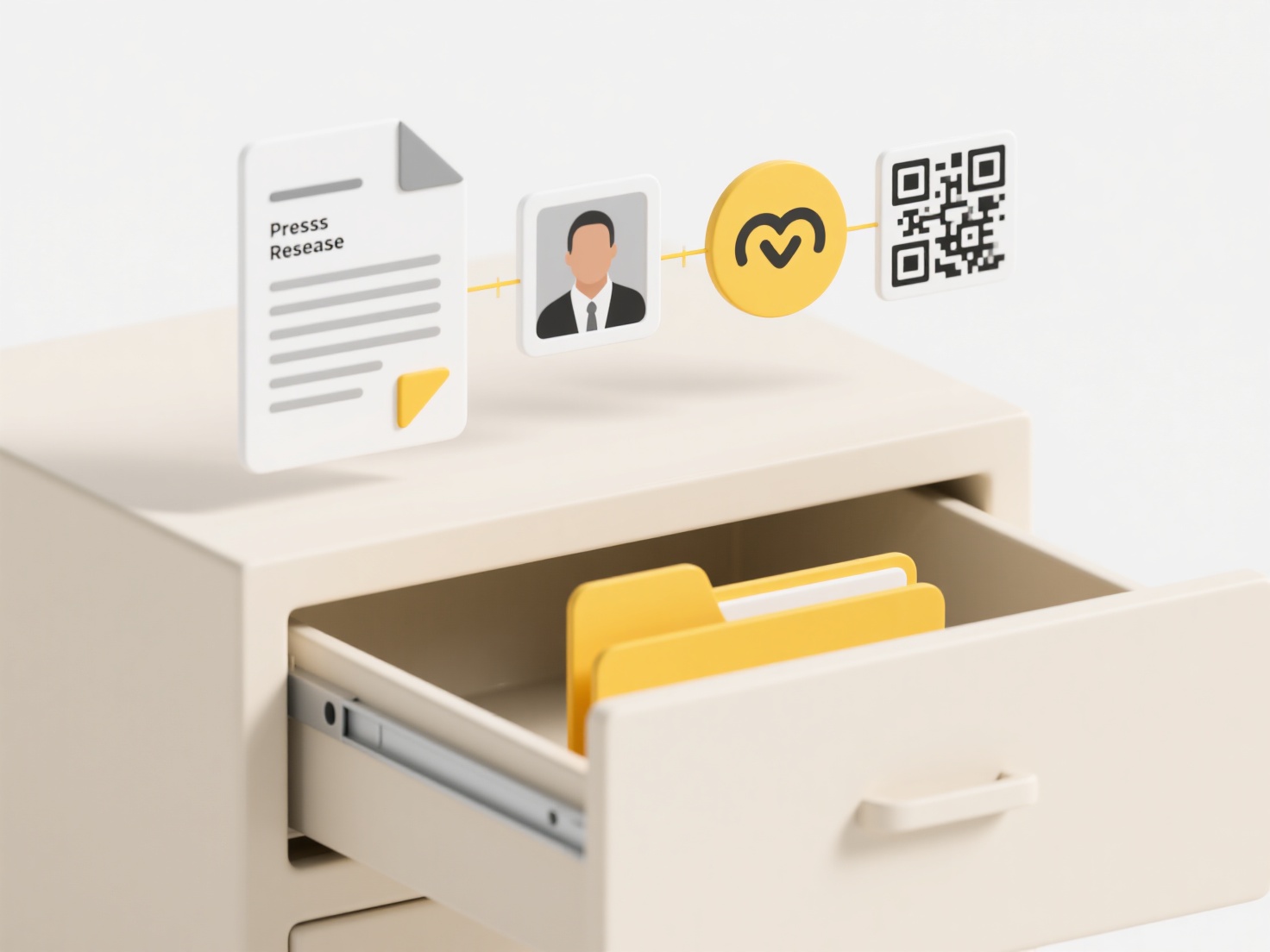
File normalization standardizes file names from various sources into a consistent format. It involves removing or replacing special characters, standardizing case (like lowercase), enforcing length limits, resolving duplicate names, and ensuring the name uses only permitted characters. This differs from simple renaming because it follows systematic rules to make multiple files uniform and compatible, rather than individually changing a file name for organizational clarity alone.
Common uses include preparing diverse files for automated ingestion into a data pipeline or migration project, where consistent names ensure smooth processing. Backup systems also normalize names before archiving files collected from different user devices or operating systems to prevent errors caused by incompatible characters (like slashes or colons) or varying case-sensitivity between platforms.

The key advantage is increased reliability for automated tasks, reducing errors and saving time. A major limitation is potential loss of original contextual information embedded in a non-standard name. Ethically, ensure normalization rules don't inadvertently alter meaning crucial for the file's purpose or accessibility. Future tools may leverage AI to better preserve semantic context while standardizing formats.
Can I normalize file names from different sources?
File normalization standardizes file names from various sources into a consistent format. It involves removing or replacing special characters, standardizing case (like lowercase), enforcing length limits, resolving duplicate names, and ensuring the name uses only permitted characters. This differs from simple renaming because it follows systematic rules to make multiple files uniform and compatible, rather than individually changing a file name for organizational clarity alone.
Common uses include preparing diverse files for automated ingestion into a data pipeline or migration project, where consistent names ensure smooth processing. Backup systems also normalize names before archiving files collected from different user devices or operating systems to prevent errors caused by incompatible characters (like slashes or colons) or varying case-sensitivity between platforms.

The key advantage is increased reliability for automated tasks, reducing errors and saving time. A major limitation is potential loss of original contextual information embedded in a non-standard name. Ethically, ensure normalization rules don't inadvertently alter meaning crucial for the file's purpose or accessibility. Future tools may leverage AI to better preserve semantic context while standardizing formats.
Quick Article Links
Should I use lowercase or uppercase for file extensions?
A file extension is the suffix at the end of a filename (like .txt or .JPG) indicating the file's format. While operatin...
How do I limit file sharing by device or location?
Limiting file sharing by device or location involves applying security rules to control access based on where a user con...
What’s the fastest way to rename hundreds of scanned documents?
What’s the fastest way to rename hundreds of scanned documents? Wisfile's AI-powered bulk renaming offers the fastest ...